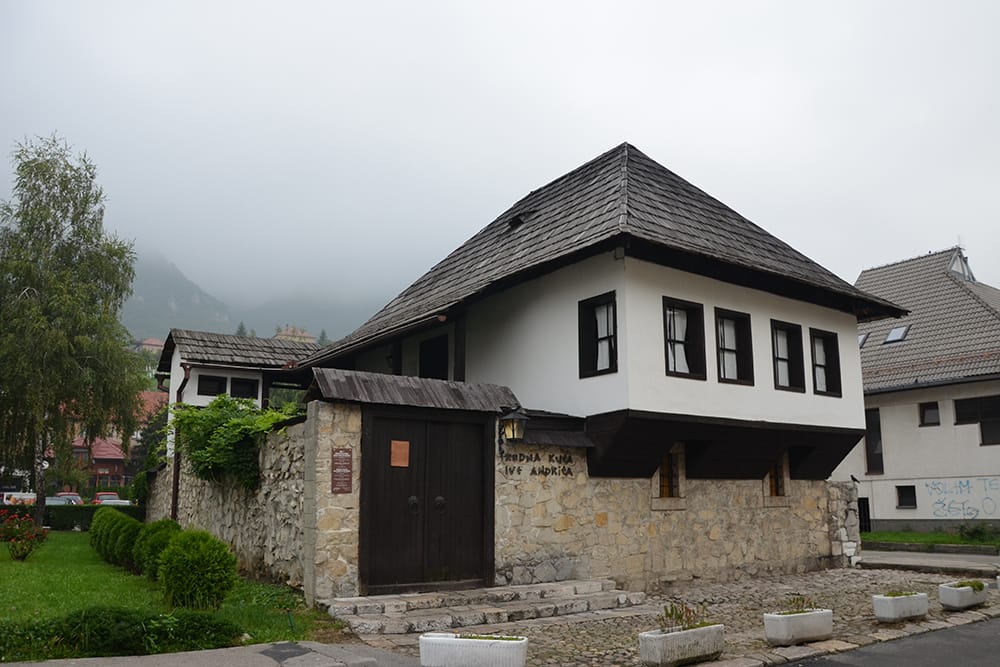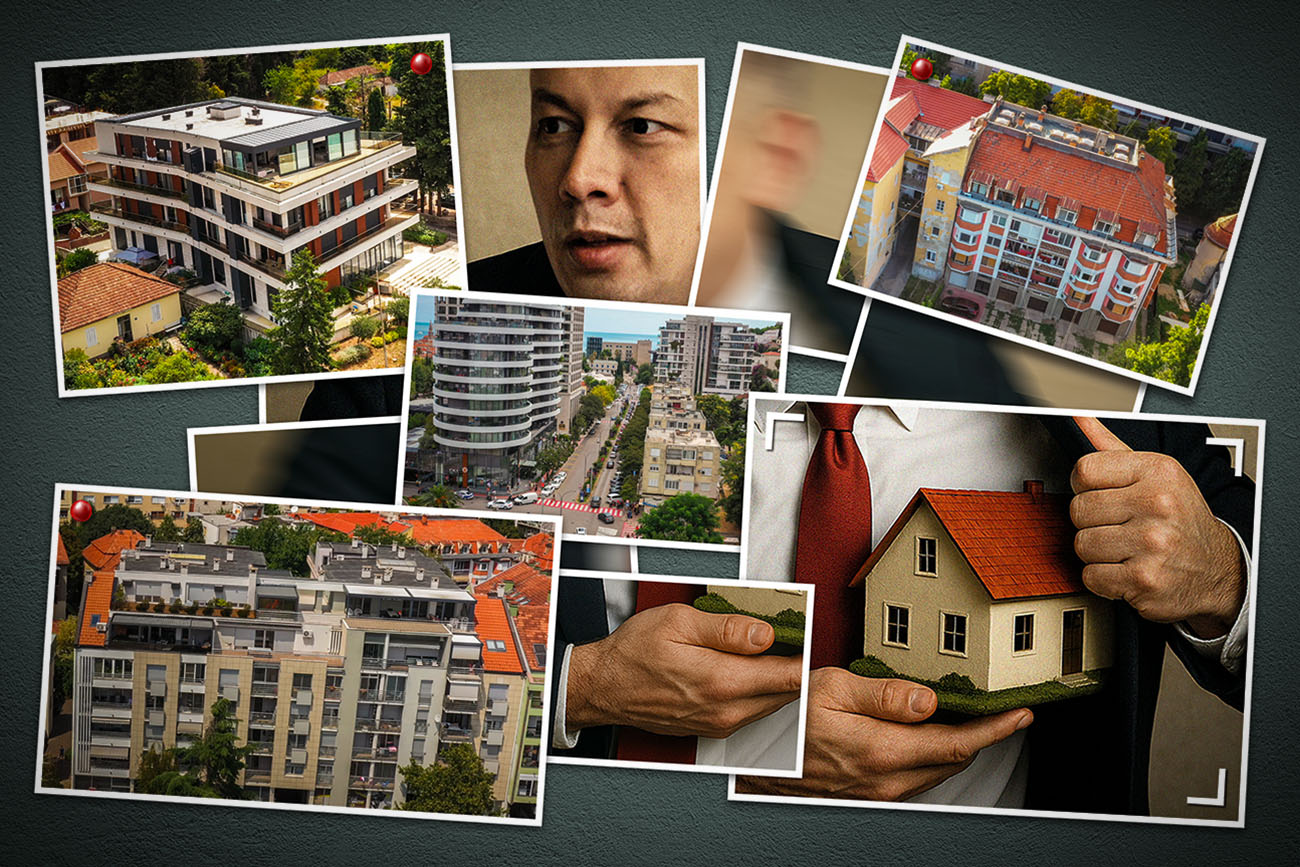Commerce vs. Culture at Ivo Andrić’s house
Subsidies are a way of life for most museums.
The director of the National Museum in Sarajevo, which was until recently closed for 100 days for lack of government funding, will tell you that selling enough tickets to keep museum doors open is almost unheard of for any museum in the world.
Don't want to miss our stories?
Sign up for our newsletter.
Don't want to miss our stories?
Sign up for our newsletter.
The Ivo Andrić Museum in Travnik had the same problem until they leased the downstairs of the Nobel prize-winning author’s house to the Divan restaurant and bar nine years ago.
The lease brings in 12,000 KM a year, enough to pay all the expenses of the authentic recreation of the writer’s birthplace, according to the restaurant owner.
But now, it is also bringing some second thoughts on how close culture should get to commerce.
“Divan is a party place,” is the succinct description of the museum’s new problem, provided by Nikola Lovrinović, the Minister of Culture of Srednjebosanski Canton.
Tourism officials and cultural experts have complained that BiH is losing a chance to fund the restoration and preservation of its historical heritage because too many institutions are giving away culture for free.
But a party atmosphere every night in a Nobel Laureat’s museum is inappropriate, said Lovrinović, particularly when true cultural events only happen there about 10 times a year.
The curator of the museum, Enes Škrgo, agrees with the minister. There is no sign of Andrić’s literary way of life in the restaurant, he complained.
But Fatima Maslić, the Director of the Travnik Museum, which is responsible for supporting the Andrić house, said without the restaurant income the museum could not pay for the maintenance of the authentic Bosnian house.
The 41,000 KM annual budget from the canton does not even cover the cost of employee salaries for the museum, she added.
The museum must replace the handmade beech wood shingles on the roof as often as every five years, at a cost of 6,000 KM, Maslić said.
The rest of the house is just as delicate because it was rebuilt on the site of the original home with historic materials, according to Škrgo. The first floor is stone but the second floor is made of “disma” and “šeper,” a combination of mud and wheat stalks.
The original house was purchased by the city of Travnik in the 1970s but the structure was beyond restoration. The city and the old BiH republic spent 2.5 million dinars at the time to purchase and rebuild a replica of the house in the old Bosnian style.
The museum opened in 1974, a year before Andrić’s death, with a small Bosnian style café on the first floor where the restaurant was later built.
Andrić, who was born in 1892, apparently did not care for mixing even a modest business with culture.
“As it is well known, I was born in a modest house, while the one they make here is far from being poor,” Andrić is reported to have said before his death, according to Škrgo. “Secondly, where did you ever see a café in the same place with a library?”
When the museum opened the library was on the second floor and the first floor had an authentic earthen floor, with a fireplace and a display of manuscripts. The first floor was leased to Mustafa Kundić for the restaurant in 1996.
The Croatian ambassador and the German Defense Minister are just two of the distinguished tourists, who have been drawn to the museum by the restaurant, Kundić said.
“Those who come for lunch, go upstairs to see the exhibition; those who visit the exhibition, come afterwards downstairs to eat,” Kundić said.
If the museum wants to close the restaurant, that is agreeable to Kundić. But he wants a refund of the 100,000 KM he said he has invested in building the restaurant on the first floor.
But covering costs may not be easy without the commercial business.
For example, the Svrzo House in Sarajevo, another authentic Bosnian house museum from the 18th century, makes only 4500 KM a year, according to the Sarajevo City Museum, which manages the property. The museum charges one euro admission and leases the courtyard for occasional cultural events and weddings.
Škrgo, the Andrić House’s manager, has suggested that the restaurant be replaced with a writers’ “consulate” exhibiting works from authors of other countries with embassies in BiH. The idea is under consideration, according to director Maslić.
Whether it is a current writers’ exhibition or a restaurant, Bosnian born Rene Bakalović, a well-known food writer, who lives in Zagreb, said that historical venues need a contemporary spirit to attract visitors. The important consideration is that the site be respectful of its heritage, he added.
Chances are that Andrić may have found less respect in the restaurant-bar than he did in the café.
“It would be very appropriate to open a Konoba (Dalmatian-style restaurant) in (Croatian writer) Tin Ujević’s house, as the man spent half of his life in a pub,” Bakalović said. “But Ivo Andrić was a non-drinker and that should be respected.”
END







